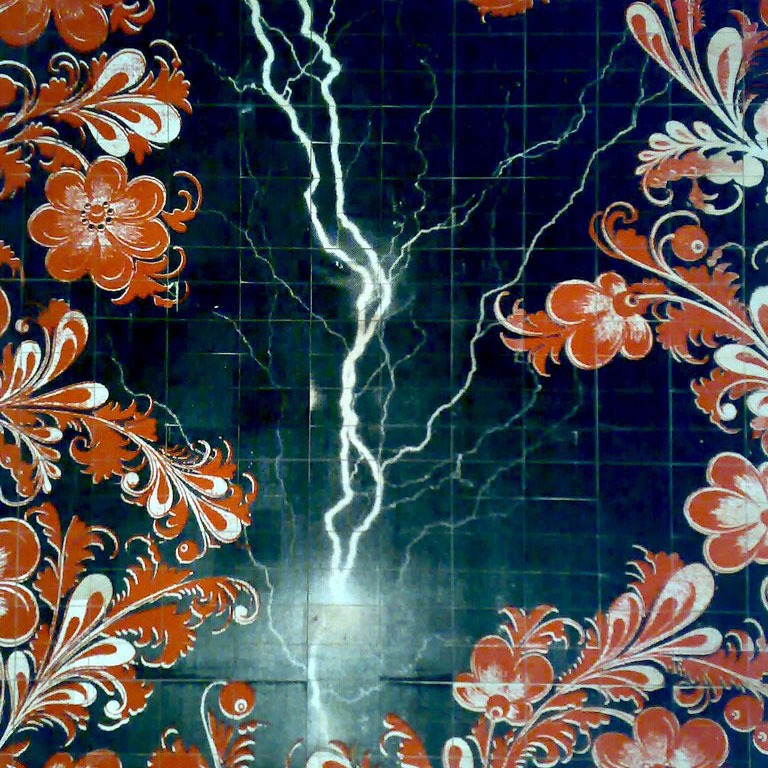
Nonprofit leaders across the country are likely holding their breath as they wait to see how the recent election will affect important revenue streams. Over the last few weeks, we have heard a great deal about a marked increase in individual donations being made to civil liberties groups, including NAACP, ADL, ACLU, and Planned Parenthood. The ACLU reports its website crashed under a wave of donations the day after the elections, and by November 14th the ADL was saying donations were fifty-fold the usual numbers. This makes excellent sense considering the tenor of the campaign and some of the president-elect’s picks for his cabinet, but we are still not sure what all this means for most of the country’s nonprofits at the near-peak of this giving season. Will donors be more or less generous to nonprofits in general in this unstable context?
Yesterday’s analysis of the tallied results from Giving Tuesday indicates that at least for many groups, the fundraising environment through the end of the year will be less than notable. According to the 92nd Street Y in New York City, which founded the event in 2012 as a counter to the commercialism of the holiday season, contributions reported by participating nonprofits to date over the 24-hour period totaled $168 million as compared to $117 million in 2015—and that number does include international figures. If that were true, it would be a 44 percent increase, but it may be difficult to measure growth by that number because of its inclusiveness.
On the other hand, Blackbaud Inc., which handles a relatively large proportion of the Giving Tuesday gifts, reports only a 20 percent increase in the value of the gifts it processed yesterday, for a total of $47.7 million. While the number looks impressive, the rate of growth is far less than in previous years. Since increasing numbers of platforms and campaigns have participated from one year to the next, these numbers from Blackbaud may be the most consistent unit of analysis:
| Year | Processed by Blackbaud | Increase as Percentage |
| 2012 | $10.1 million | |
| 2013 | $19.2 million | 91% |
| 2014 | $26.1 million | 36% |
| 2015 | $39.6 million | 52% |
| 2016 | $47.7 million | 20% |
Then, consider that the number of Blackbaud-processed donations grew 31 percent and the number of recipient groups expanded by a third, with that growth comprising mostly small to medium-size nonprofits. This suggests that on average each participating group got less than in previous years.
Of course, things are seldom evenly distributed. Some larger groups did very well indeed—for instance, the Humane Society of the United States beat its goal of $200,000 by $150,000 and the University of Michigan campaign raised $5.5 million compared to $4.3 million last year. If we were to judge by these few goal-busting reports, the lion’s share of the increases went to a subset of the participating groups, the ones largely considered apolitical but with better than average pre-existing fundraising capacity.
And, again, it’s important to stress that some of the day’s growth was probably sparked by donors’ strong reactions to the election results, as is reported by the Washington Post:
Sign up for our free newsletters
Subscribe to NPQ's newsletters to have our top stories delivered directly to your inbox.
By signing up, you agree to our privacy policy and terms of use, and to receive messages from NPQ and our partners.
Like many Americans, [Kate] Bigam, a 32-year-old from Cleveland, felt compelled to do something tangible in response to an election that she feared left many groups and many issues vulnerable. On her personal blog this Giving Tuesday, Bigam shared the eight groups she’ll be contributing to and why. She’ll be donating to the National Alliance on Mental Health after meeting a psychiatrist. She’ll be donating to the Immigrant Legal Resource Society on behalf of a Latino immigrant living in California. She’ll give to EarthJustice for the tour guide who took her up Machu Picchu.
“I really wanted to be a part of a positive movement in the midst of something that felt so negative to so many of us,” she said.
In other words, it’s possible a larger than usual chunk of the Giving Tuesday growth has gone to advocacy groups.
If these reports are indicators, this calendar-year-end giving season is likely to be less than stellar for many nonprofits. Here are a few words of caution based on the high probability we’ll all see big changes in the economy and funding streams over the next several years:
- If you do well this season, don’t spend it all in one place. Nonprofits should be trying to build reserves from their unrestricted donations in what is likely to be a very unstable environment once the new administration takes office.
- Nonprofits receiving gifts this season should go out of their way to retain those donors. Read up on donor retention strategies and implement them! Let donors know what their dollars are doing. Encourage them to talk back to you.
- Suggest to donors that help in introducing you to others who might care about what you do is as valuable as cash. Work with them to build your organization’s network of advocates and donors and establish yourself with them now.
Remember that during the recession, large organizations did not do as well as they might have in a better economy, but neither did they lose ground in the long run because they had the infrastructure to maintain their relationships with donors. Regardless of the percentage of the budget that is dependent on philanthropy, is there a way organizations like yours can get this done through staff and volunteers, even if the seas get rougher?
This period of time should be approached somewhat cautiously. As we have said before, try to stay away from big purchases or from salting cash away where you can’t get at it (like in an endowment). Instead, focus on building up as much cash on hand as possible in case pivots are needed.
We’ll see.













